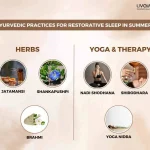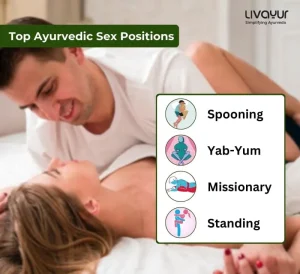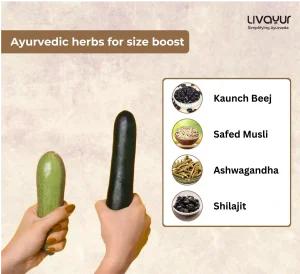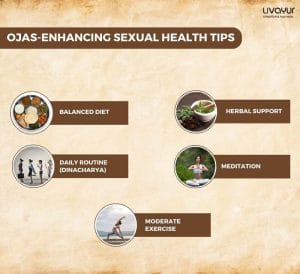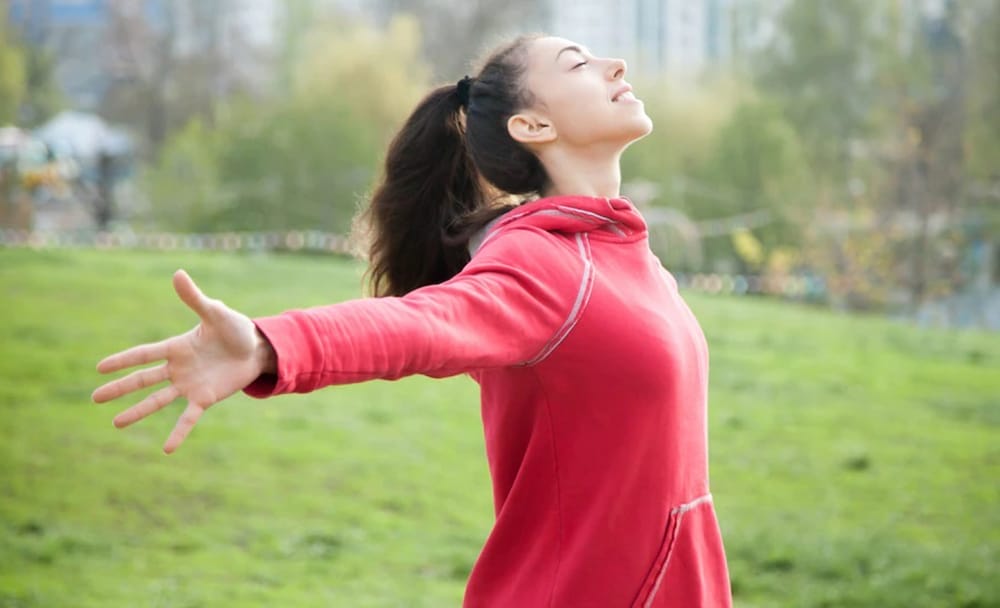
What is Arogya? Arogya is a Sanskrit word that means freedom from disease. It is a path that can lead to a disease-free or healthy life.
But is it really possible? By following the practices and teaching of Ayurveda, one can definitely achieve the stage of Arogya.
Let’s see how.
Arogya With Ayurveda
Ayurveda believes in maintaining a balance of body, mind and spirit through holistic practices like yoga, herbal medicine, massage therapy, etc. All these practices or approaches help direct the body and mind towards the state of Arogya.
Let’s have a look at three of these Ayurvedic components to understand better.
Yoga

Yoga is derived from the Sanskrit root ‘Yuj‘, meaning ‘to join’ or ‘to yoke’ or ‘to unite’. Yoga aims to achieve union between the body and the mind to overcome any kind of suffering and attain freedom. Yoga makes use of breathing techniques, exercise, and meditation. Postures in yoga are called ‘Asanas’. In Ayurveda, there are also several styles or schools of Yoga, which are classified according to the functions they emphasise. The popular styles of yoga are Hatha, Vinyasa, Ashtanga, Iyengar, Kundalini, Bikram, Jivamukti, and Yin Yoga. Some of the health benefits of yoga include:
- Increased flexibility
- Increased muscle strength and tone
- Improved respiration, energy, and vitality
- Balanced metabolism
- Weight reduction
- Cardio and circulatory health
- Improved athletic performance
- Protection from injury
Herbal Medicine
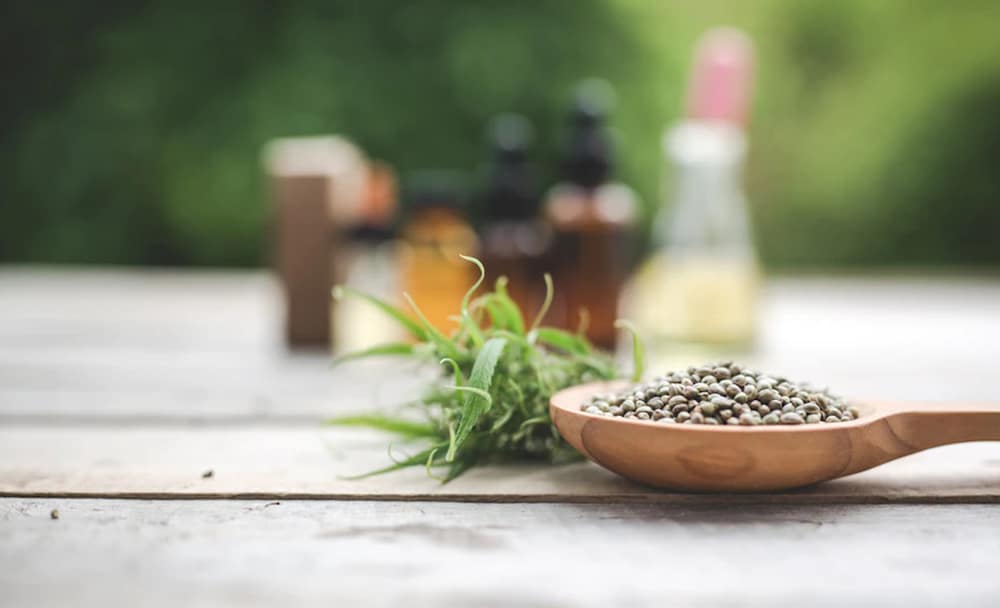
Ayurveda draws a lot of wisdom from nature in treating ailments using herbs and spices. These herbs and spices are used to cleanse the body, boost immunity, and promote wellbeing. Some popular Ayurvedic herbs include Tulsi, Shatavari, Amlaki, Ashwagandha, Gotu Kola, Haldi, Neem, etc. They are known to have antioxidant and anti-inflammatory properties that contribute to their health benefits. These herbs and spices can be introduced in small quantities in your diet for you to reap their benefits. A common way of ingesting these herbs and spices is by blending them to make an Ayurvedic tea.
Here are some of the advantages of using Ayurvedic herbs:
- They can improve metabolism and aid digestive ailments
- They can combat ageing and promote youthfulness
- They can be effective in improving the body’s immune response
Massage Therapy
Massage therapy is an important facet of Ayurveda wherein herbal oils are applied topically on the body and certain massage techniques are applied. Abhyangam is a treatment or procedure which means body massage with oil. Oils such as coconut oil and sesame oil are used along with other oils that have been infused with herbs. As for the massage technique, there are three types of movements – active (strong pressure), passive (delicate stroking) and persuasive (pinching or kneading the small muscles with the thumb and forefinger). Meditation and prayer are typically performed prior to massage therapy. Apart from Abhyangam, the other Ayurvedic massage techniques are:
- Murda Taylam – oil application on the head
- Shiro Abhyangam – applying oil on the scalp
- Siro Pitchu – putting an oil-soaked cloth over the head
- Shiro Vasti – keeping the oil on the head for a certain period of time using a hat
These massage techniques can have a host of desirable effects on the mind and body. Some of the benefits of Ayurvedic massage therapy are:
- Improved blood circulation
- Improved mental alertness
- Decreased stiffness and joint pain
- Improved and better quality of sleep
The Takeaway
By performing the above mentioned Ayurvedic practices, one can walk into the path of Arogya or well-being of the mind, body, and spirit. These holistic Ayurvedic practices are designed to balance the three Doshas of the body – Vata, Pitta, and Kapha. These three energies control the formation and functions of the body on the physical and emotional levels. Ayurveda believes that once the Doshas are balanced by practicing the aforementioned Ayurvedic techniques and practices, one can walk into the path of Arogya. However, these Ayurvedic practices and treatments should not be used as a substitute for conventional medicines and treatments.






